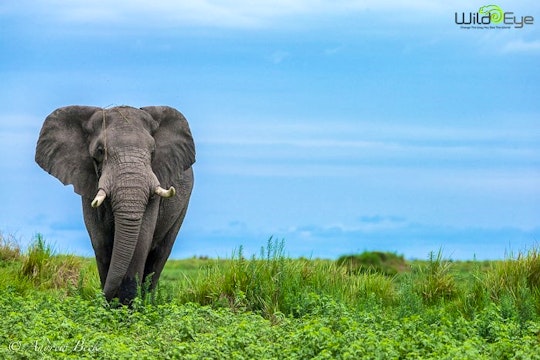I’m a complete wildlife photographer wannabe, stretching as far as I can out the game drive vehicle without wobbling, with my little “point and shoot” zoom pushed to its pre-pixilation limit. I’m always looking to improve so I decided to ask photographic pro, Andrew Beck of WildEye, to share some of his tips. And he agreed…
Who is Andrew Beck?
Before we get to the tips, let’s get to know our photographer a little better.
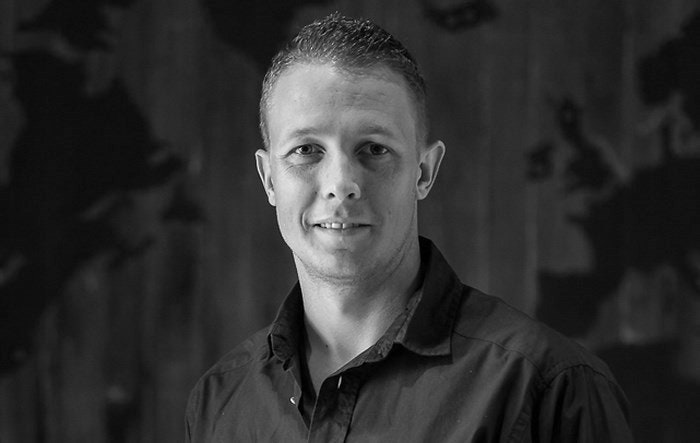
How did you get into wildlife photography?
I started off studying conservation and game ranch management, and it was really during my practical year in Madikwe Game Reserve that I really started focusing on my photography. That was back in 2003 so I’ve been growing my photographic skills for the last 11 years or so.
What is your favourite subject to photograph?
I love photographing spotted hyena and black rhino. They’re challenging subjects, but I think there is something special about their curious nature.
Have you ever fallen short of taking the perfect shot?
Of course! School fees, you’re going to pay them at some stage. It’s all about how you learn from that experience that builds character and skills to be used in the future.
What is your most memorable moment as a wildlife photographer?
There are so many, but I think it has to be witnessing my first river crossing on the banks of the mighty Mara River. We waited and chased the herds for 3 days before we eventually were able to witness this incredible spectacle.
Wildlife Photography Tips
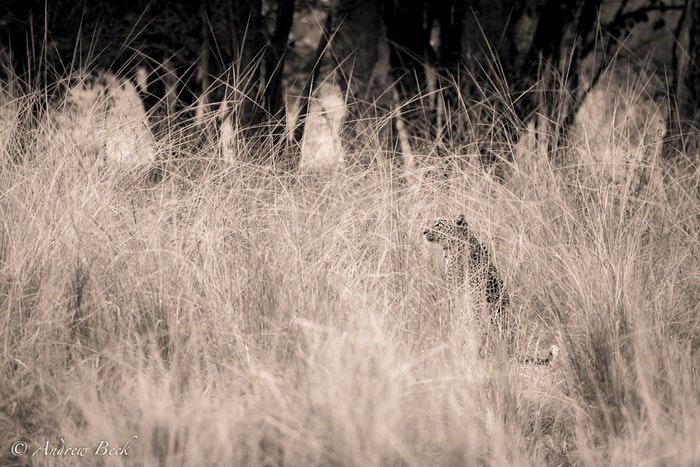
1. What challenges do photographers face that we should be aware of?
There are so many variables to be aware of in photography. There’s the technical stuff (aperture, shutter speed, ISO, exposure) and then there’s the compositional aspects as well. Everything is combined to produce that final image. The greatest challenge in today’s world is being different and standing out from the crowd.
2. When is the best time of day to photograph wildlife?
Typically the early mornings and late afternoons provide some of the most magical light and there is simply no substitute for good light. That being said, you can still capture great images in the middle of the day if you know what you’re doing and how to make the most of the harsh midday light.
3. If I’m taking photos on a morning, evening, or night game drive, what camera settings should I use to combat the dim lighting?
Technology has come a long way and even the most basic of cameras is now able to capture decent images in low light. Using ISO values to increase the camera’s sensitivity to light means that we can get the sort of shutter speeds that we would need to capture a sharp image rather than a blur. Here’s a recipe for those of you who shoot in Aperture Priority or AV mode:
- ISO 2000
- Spot Metering Mode
- Aperture wide open (smallest number possible)
- White Balance set to Tungsten (compensates for the orange spotlight)
- Exposure compensation dialled down to – 1 EV
- Rest the camera against anything you can in an effort to reduce movement
This should give you a pretty decent image but is obviously dependant on the amount of light available and the lens/camera combination being used.
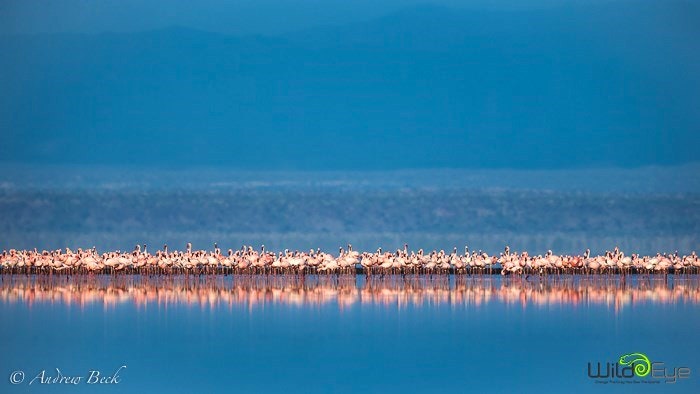
4. Do I need a tripod?
Tripods are great for capturing landscape scenes, which are often best just after sunset or before sunrise. They can also come in handy for capturing images of the night sky. They are certainly nice to have and, if you can, getting something like the Redged traveller series which has the ability to convert into a mono-pod as well is a great idea!
5. How do I minimise blur on my photos – especially when taking photos of moving animals?
You need to ensure that your shutter speed is fast enough to freeze the movement of your subject. Subjects like kingfishers in flight will require much faster shutter speeds (eg 1/2000 sec) than something like a vulture which is larger and slower.
6. How far is too far to zoom in?
It depends more on how you compose an image rather than how much you’ve zoomed in. Often getting in tight with a telephoto lens can create striking images if your composition is on song. You will need to think a bit differently to make these kinds of images work though and will need to pay special attention to depth of field.
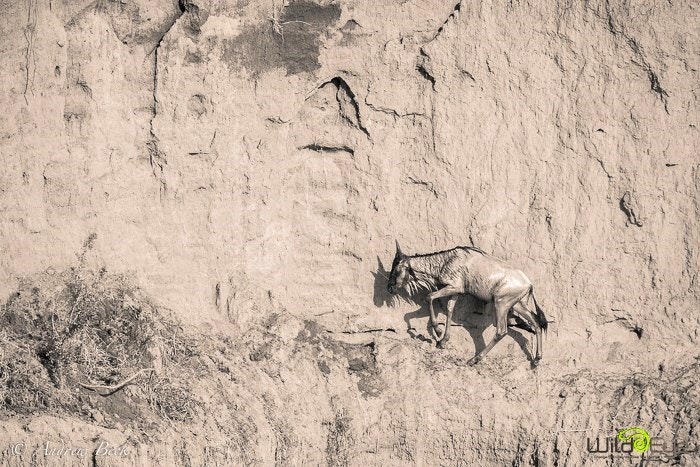
7. What lens do you recommend for wildlife photography?
A great all round lens would be something along the lines of the Canon 100-400mm or the Nikon 80-400mm lens. Sigma also makes a 150-500mm lens that is a little bit more budget friendly. All three of these lenses will give you a decent range in which to work and will cut down your need to chop and change lenses. That being said, it all comes down to your budget and one should always buy the best possible lens that one can afford. Although lacking in the focal length, the 70-200mm f2.8 lens is one of my personal favourites.
8. What tips do you have if I only have a “point and shoot” camera without the fancy lenses?
Focus on your composition and telling a story with your images. I tend to include more of the environment with my images and a point and shoot is ideal for capturing similar scenes. Most of these cameras have a great macro function so also be sure to look out for the smaller things out in the field.
9. Do you have any tips on composition?
Remember to use things like leading lines, repetition, and the rule of thirds in your images. Be aware of distracting elements which you can eliminate by changing your composition and always try and leave some space around your subject to crop in at a later stage if need be.
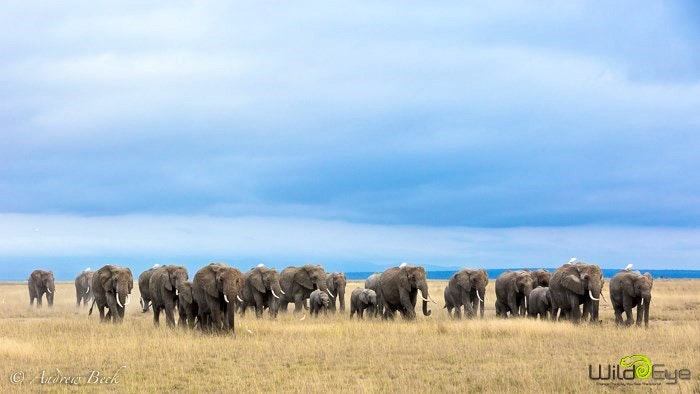
10. Do you have any tips for adding a “signature look” to photographs?
This is not easy and will take some time before you are really able to say that you have developed a style. Go with what feels right to you whilst keeping the general rules and guidelines in mind and don’t be afraid to push the boundaries. Just because your image may not be to someone else’s taste doesn’t mean that it is not good!
11. Where are some of the best places to take photos of wildlife?
Where do I start?! Africa provides us with endless opportunities to explore and capture images, from the bird hides at the Modderfontein Nature Reserve to the open plains of the Masai Mara. We are spoilt! My personal favourites have to include the Kgalagadi, Okavango Delta, Busanga Plains, and of course, the Masai Mara.
12. What other advice do you have for aspiring wildlife photographers?
Shoot more, pay the “school fees”, don’t get caught up in the technical gear side of things. Go out there and shoot. The more time you spend in the field, the more photographic opportunities you will get, and the better you will become. Also, one should never underestimate the role that understanding animal behaviour plays in creating unique images that tell a story.
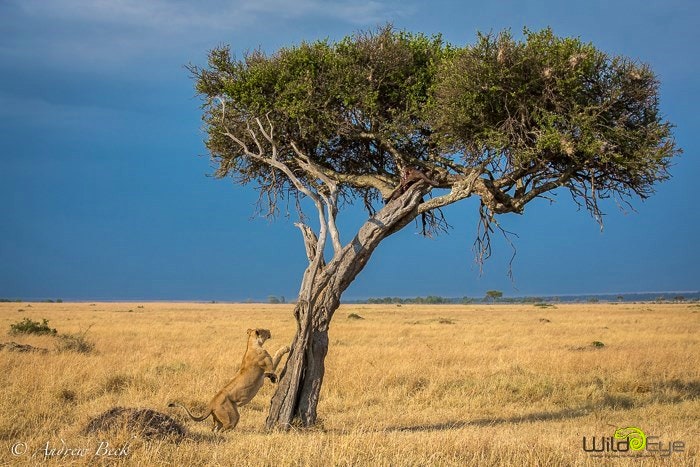
Photography Workshops & Safaris
Can you tell us a little about the WildEye Photography Workshops & Safaris?
Our purpose is to change the way people see the world and we pride ourselves on our personalised approach. On our Photography Workshops & Safaris, we not only make sure our guests get the best photographic experience, but that they have fun and feel well looked after. We want their expectations to be met and exceeded right from their first contact with us, until they return from their first journey, and beyond.
We cater for all levels of photographers and have been on a bit of a mission to take away the intimidation factor that has long been associated with photographic safaris.
We also run a number of courses where we assist people to get to grips with the basics of digital photography, Lightroom, and wildlife photography in general. We make sure that they have the best possible opportunity of capturing inspirational wildlife images in the field!
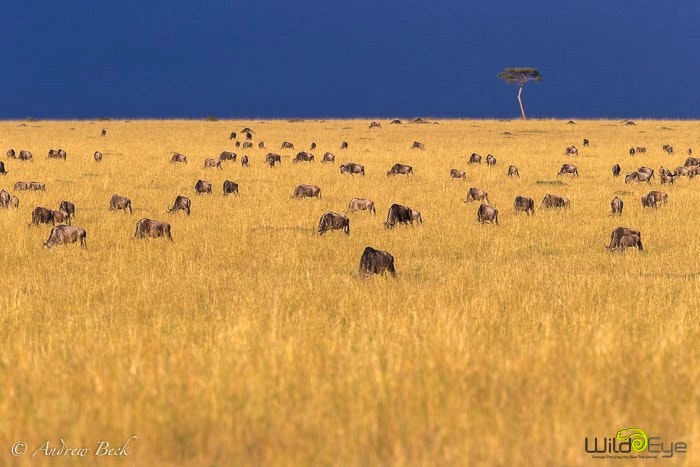
Get in touch
If you’re interested in wildlife photography, get in contact with Andrew and WildEye:
Andrew Beck:
Twitter: @AndrewBeckSA
Facebook: https://www.facebook.com/AndrewBeckPhotographer
Personal website: www.andrewbeck.co.za
Wild Eye:
Twitter: @WildEyeSA
Facebook: https://www.facebook.com/WildEyeSA
Website: http://www.wild-eye.co.za/
Photography Workshops & Safaris: http://photography.wild-eye.co.za/
Blog: http://photography.wild-eye.co.za/photochat-blog/

Have you got any more wildlife photography questions? Let us know in the comments below!

